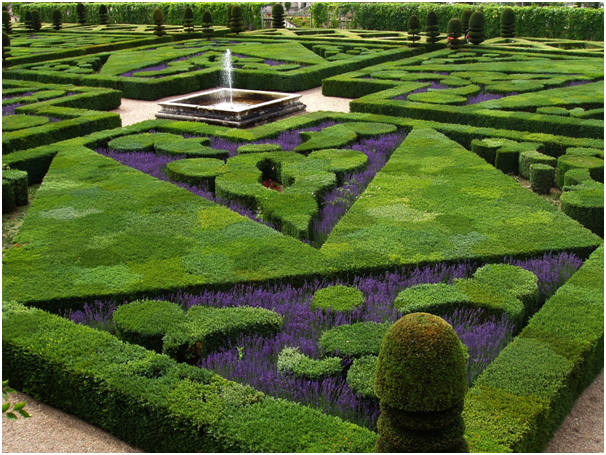Having a rich, luscious lawn is the holy grail for most gardeners, providing an external living space of vibrant colour, with minimal maintenance. However, it can be challenging to know exactly what type of grass to opt for when you’re first laying your lawn.
Selecting the Best Turf for Your Circumstances
Different types of turf bring different attributes, and the ideal grass depends upon what your lawn will primarily be used for. For families with pets or young children, where gardens will get a fair degree of wear and tear, choose a tougher grass that is able to withstand heavy footfall, sports games or lots of outside play.
Some of the toughest grasses out there include Bermuda, Zoysia and hybrid Bermuda, which have a strong trailing growth habit. They are ideal for pet owners, as they grow in bare patches rapidly.
Planning Your Lawn Around Sun and Shade
Trailing grass types including Kikuyu, Bermuda, hybrid Bermuda, and Zoysias are excellent choices where shade isn’t a factor, as they are very deep rooting and can withstand extended sun and drought periods well. As a result of their trailing attributes, however, they do require a little extra maintenance as they spread well and can soon creep over lawn edges, so benefit from regular cuts with hand propelled petrol lawn mowers.

Sunny environments can be ideal for hardy grass types such as Fescues and Dwarf Tall Fescues, which also respond well to maintenance with hand propelled petrol lawn mowers. These turfs thrive in temperate climates, and provide year-round greenery in warmer spaces. However, they tend to go dormant or even die in environments where there is consistent heavy snow fall. Fescues varieties are much easier to maintain than trailing grasses, as they do not spread over pathways and verges. They are ideal for lawns which are not subject to heavy traffic.
Shady spaces work best for cool-season grass varieties including Bluegrass. There are over one hundred blends available, and they all feature soft blades and grow rapidly even in shaded gardens. They have rhizomes which spread underground and send out additional shoots, meaning they are ideal for covering patchy areas as they grow swiftly. St. Augustine is also a popular choice for shaded areas, as it is warm-season but highly tolerant of shade.



